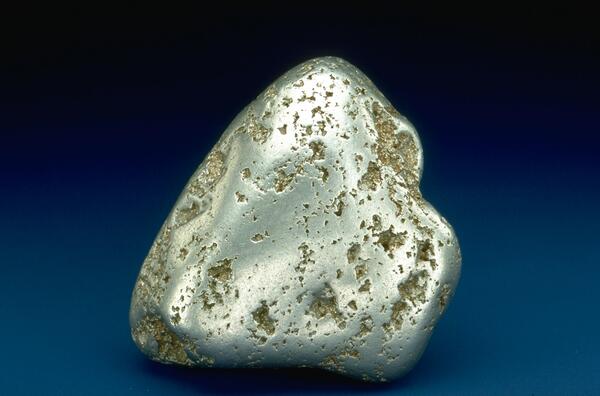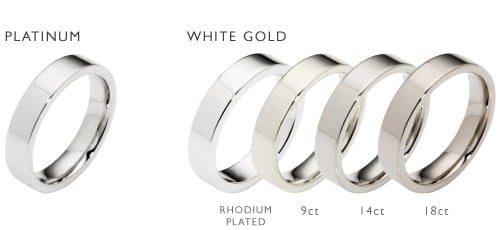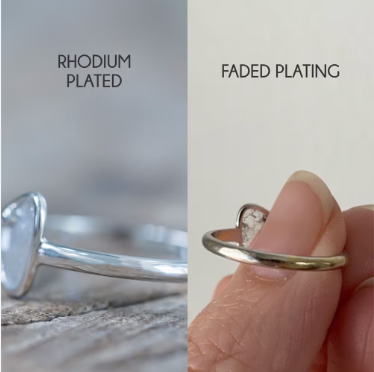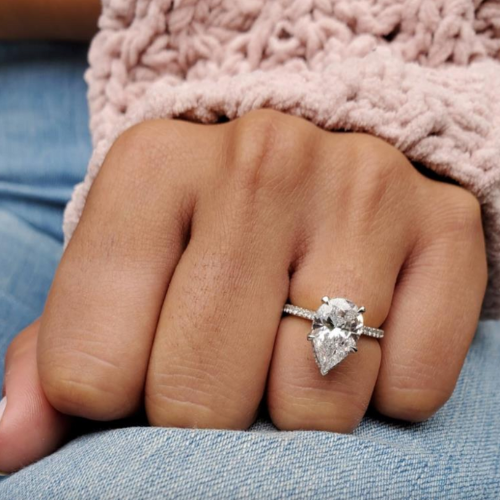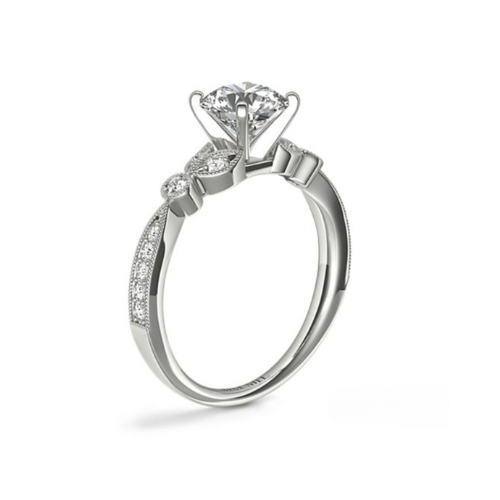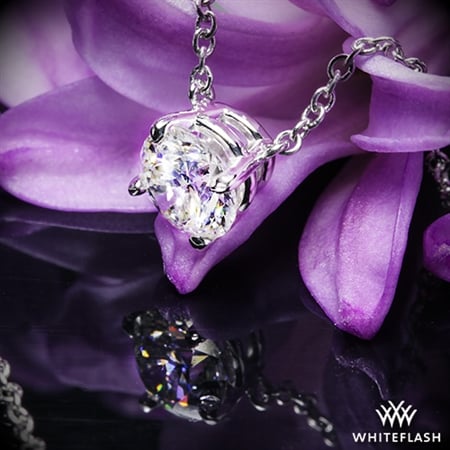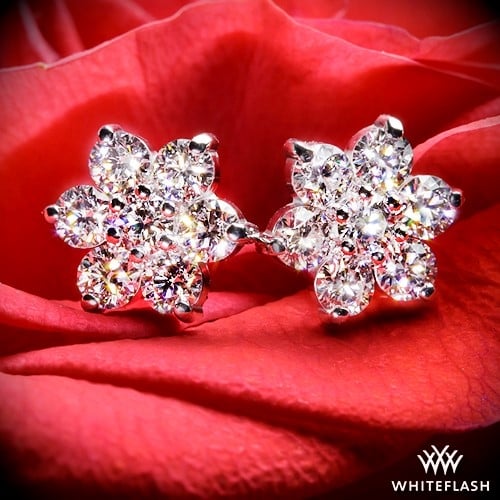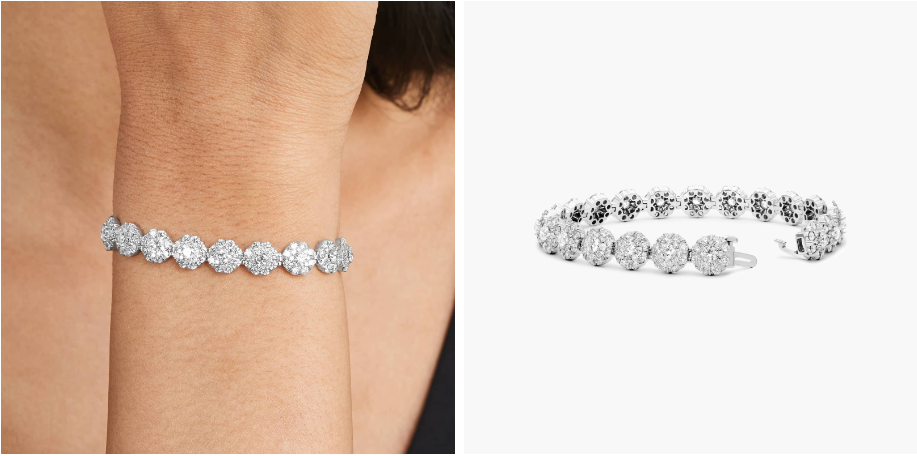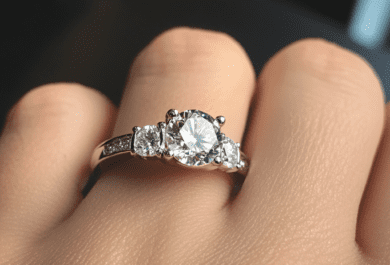The Emergence of White Gold: Before the 20th century, yellow gold reigned supreme in the world of jewelry. However, there was a growing desire for a more subtle, silver-like appearance. This demand for a paler and more elegant metal led to the development of white gold.
The Role of Alloys: To create white gold, jewelers needed to modify the color of pure yellow gold, which has a distinct warm hue. This was achieved by blending it with other metals, such as palladium, platinum, and silver. These alloys not only lightened the color but also added durability and strength to the metal.
Early Experiments: One of the pioneers in the development of white gold was Karl Richter, a German jeweler, who patented a white gold alloy in 1912. Richter’s alloy consisted of gold, nickel, and copper and marked the beginning of white gold’s journey into mainstream jewelry.
The Influence of World War II: World War II played a significant role in the popularity of white gold. During the war, platinum was designated as a strategic metal and largely reserved for military applications. This scarcity of platinum led to an increased use of white gold in jewelry, further solidifying its presence in the market.
Post-War Popularity: After World War II, white gold continued to gain popularity, especially in engagement rings and wedding bands. Its versatility, durability, and compatibility with diamonds and other gemstones made it a preferred choice for many couples.
Contemporary White Gold: Today, white gold remains a beloved choice in the world of fine jewelry. Its timeless elegance and compatibility with various gemstones have kept it in high demand. Jewelers continue to refine their alloy formulas to strike the perfect balance between color, durability, and purity.
White gold’s historical significance lies in its ability to meet changing aesthetic preferences while maintaining the preciousness and durability associated with traditional yellow gold. Its journey from experimental alloys to a cherished choice in jewelry showcases the dynamic relationship between craftsmanship, science, and consumer tastes. As we continue to unpack white gold, we will dive into its composition, properties, and the artistry involved in crafting exquisite jewelry pieces from this remarkable alloy.

